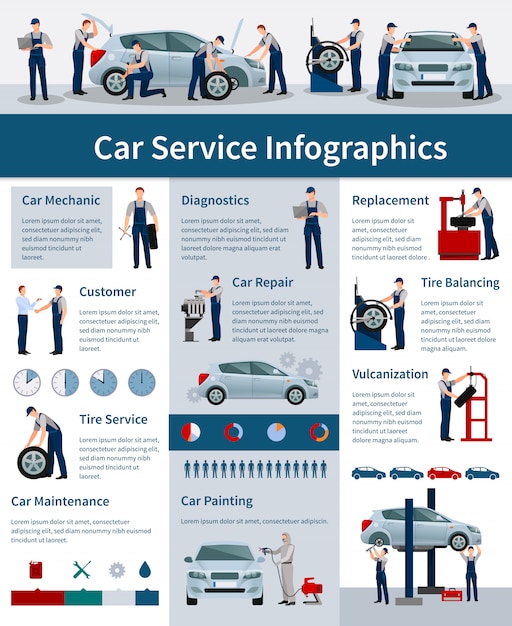When you lag the wheel, those beautiful warning lights on your control panel can be a little bit bewildering. Do you know what they're trying to inform you about your auto's wellness? Recognizing the relevance of these lights is vital for your security and the durability of your vehicle. So, the next time one of those lights turns up, would not you wish to decipher its message precisely and take the necessary steps to address it?
Common Warning Lights and Interpretations
Identify usual caution lights in your auto and comprehend their meanings to make certain risk-free driving.
One of the most normal caution lights include the check engine light, which indicates concerns with the engine or discharges system. If this light comes on, it's essential to have your vehicle examined promptly.
The oil pressure alerting light indicates low oil pressure, requiring instant focus to prevent engine damage.
A blinking battery light might recommend a defective charging system, possibly leaving you stranded if not addressed.
The tire pressure tracking system (TPMS) light informs you to low tire pressure, influencing lorry stability and fuel efficiency. Overlooking this could lead to hazardous driving conditions.
The ABS light indicates a problem with the anti-lock stopping system, endangering your capability to quit quickly in emergencies.
Finally, More Information and facts cautioning light warns of engine getting too hot, which can lead to serious damages otherwise dealt with quickly.
Understanding these common warning lights will certainly assist you deal with concerns promptly and preserve secure driving conditions.
Importance of Prompt Interest
Understanding the common caution lights in your auto is only the initial step; the significance of without delay dealing with these cautions can not be stressed enough to guarantee your security when driving.
When a warning light illuminates on your dashboard, it's your car's means of communicating a prospective problem that needs interest. Overlooking these cautions can lead to a lot more severe issues down the road, jeopardizing your safety and security and possibly costing you a lot more in repairs.
Motivate focus to alerting lights can avoid malfunctions and crashes. As an example, a flashing check engine light can show a misfire that, if left neglected, might create damage to the catalytic converter. Addressing this quickly can conserve you from a pricey repair service.
Likewise, car buff warning light might indicate low brake liquid or worn brake pads, essential components for your safety and security when driving.
Do It Yourself Troubleshooting Tips
If you observe a caution light on your dashboard, there are a couple of do it yourself troubleshooting suggestions you can try before seeking professional help.
The very first step is to consult your automobile's handbook to recognize what the certain caution light shows. Occasionally the issue can be as easy as a loose gas cap triggering the check engine light. Tightening the gas cap may settle the problem.
One more common issue is a reduced battery, which can trigger numerous cautioning lights. Inspecting the battery links for corrosion and guaranteeing they're safe may take care of the issue.
If a warning light lingers, you can try resetting it by detaching the car's battery for a few mins and then reconnecting it. Additionally, inspecting your car's fluid degrees, such as oil, coolant, and brake liquid, can assist repair advising lights connected to these systems.
Final thought
Finally, understanding your automobile's caution lights is crucial for keeping your lorry running smoothly and securely. By immediately attending to these informs and knowing what they indicate, you can stay clear of pricey fixings and possible failures.
Keep in mind to consult your automobile's manual for specific information on each alerting light and take action appropriately to make certain a trouble-free driving experience.
Remain educated, stay secure on the road!
